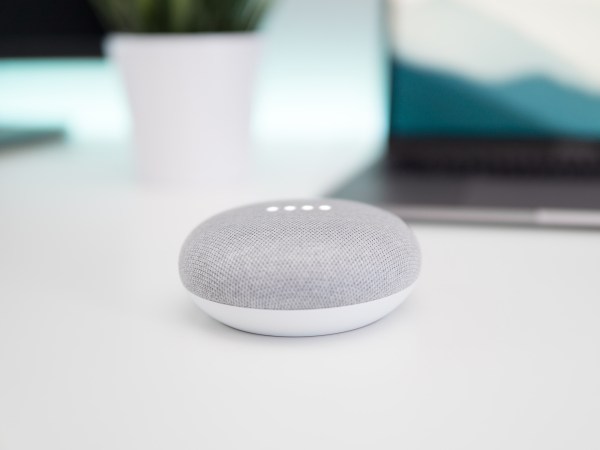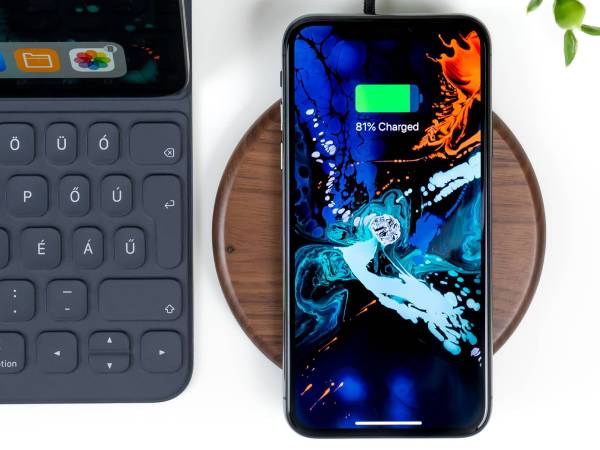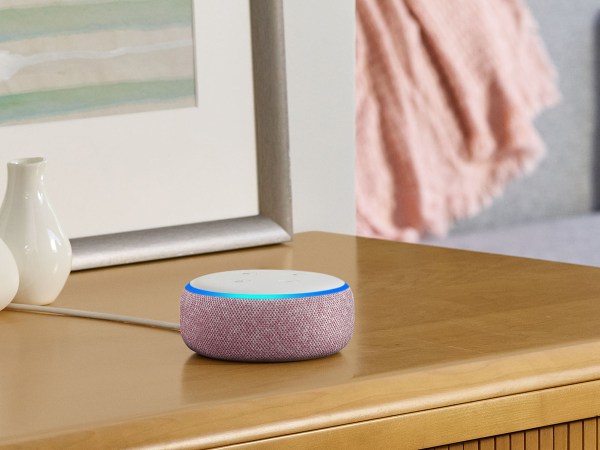

This story has been updated. It was originally published on December 2, 2018.
Running on smart speakers and popping up on our smartphones, digital assistants like Amazon’s Alexa, the Google Assistant, and Apple’s Siri are regular parts of many people’s lives. And as with a lot of the tech we use each day, we can tweak these AI helpers to make them work more efficiently.
Specifically, we’re talking about routines, also called shortcuts, which bundle a group of actions into a single voice command.
For instance, you could set a routine up so that, when you say “Alexa, good morning,” your lights turn on and that morning-motivation playlist starts blaring from the speakers. Or an iPhone user might say “Siri, I’m going home” to trigger a shortcut that sends an update to a family member in a text message, pulls up navigation directions in Apple Maps, and tells the smart thermostat to start heating up the house.
The real beauty of routines lies in the way you can customize them to suit your own needs and schedule. In this guide, we’ll show you how to start building your own shortcuts for Alexa, the Google Assistant, and Siri.
How to create routines for Alexa

To create routines with Amazon’s digital assistant, you’ll first need to download the free Alexa app (for Android and iOS) and log in with your Amazon credentials. That’s all you really need, but if you own an Alexa-powered device, you might as well connect that too: Routines currently work with the Amazon Echo, Echo Flex, Echo Dot, and Echo Show.
To get started, fire up the app, tap the More button in the bottom-right corner of the screen and pick Routines. Tap Featured and the app will give you some samples to check out. For instance, select Start my day to see a routine that involves hearing a fun fact, the latest news, weather, and traffic information. If that suits you, activate the routine by tapping Enable in the top-right corner of the screen. You can also tweak the sample: Remove items by hitting the minus button on the left and change the order of events by tapping and dragging the double-line button on the right.
When you’ve gotten the hang of working with these examples, you can begin building your own routines by hitting the plus icon in the top right corner of the Routine menu. Next, tap When this happens—this is where you specify the trigger that will launch the routine. To use your words, pick Voice, but you can also make a routine kick in under other conditions, like a set time (select Schedule), when you push an Echo Button (opt for Echo Button), or when Alexa detects certain sounds like a kid crying or a dog barking (select Sound Detection).
Once the trigger is in place, choose Add action to decide what Alexa should do in response. You can pick from categories such as messaging, date and time, music and podcasts, good news, and smart home. Add as many activities as you’d like, and when you’re finished, tap Save.
Now you can enjoy playing with your routine in the real world. If it doesn’t work the way you’d like, you can edit or delete it from your phone—you’ll find this option in the Your Routines entry of the Alexa app’s menu. The more you toy around with these shortcuts, the more you’ll appreciate all the different ways they can make your life easier. Or just have fun—have “Alexa, let’s party” dim the lights, and launch a playlist of your favorite dance music.
How to set routines for Google Assistant

With Google Assistant, routines work much the same way as they do for Alexa. You control everything through the free Google Assistant app (for Android and iOS), or, if you have a Pixel, from the Google Search bar settings. If you have a device from the Google Home family, you can connect it too.
Once you’ve opened the app and logged into your account, hit the Explore icon (it looks like a compass) in the bottom right, then tap your avatar and go to Settings, open the Assistant tab, and finally get to Routines. If you have a Pixel, tap the search bar on your home screen, then tap the G on the left, followed by your avatar, and go to Settings, where you’ll choose Google Assistant and Routines. Go ahead and explore the provided samples, such as Good morning and Bedtime. Tap on any of these to see the actions it includes. To make changes, tap on a particular action and then Remove action at the bottom of the screen.
When you’re ready to build your own routine, tap the New on the top right of the screen. First, tap on Add a Starter to specify what will trigger the routine—it can be a voice command, a set time, or even the sunrise or sunset.
Next up, select a few responses by hitting Add action. Choose a category, and then pick from popular activities, such as reading the weather (from Get info and reminders) or turning off smart lights (from Adjust Home Devices). Alternatively, you can choose the Try adding your own category and type out the voice command—like “set volume to 50 percent”—associated with the action you want. When you select certain actions, you’ll have to tap on the right-pointing arrow to include additional information—if you want to send a text, for instance, you’ll need to specify a phone number and a message. On top of these responses, you can tap Play and control media if you want the Google Assistant to start playing music, podcasts, the radio, news, an audiobook, or even sleep sounds (handy for those bedtime routines). Again, hit the arrow next to any option to configure it further, such as specifying the music you want to hear.
Once you’re happy with your routine, tap the Save on the bottom right corner of your screen to do just that and add it to your list. You can still go back and edit or delete routines—just head to the Google Assistant settings and select the Your Routines entry. To delete a routine you’ve made, open it and then tap the trash can icon on the top right.
How to create routines for Siri

Over on Apple devices, Siri routines are called shortcuts. Whether you create your own or select existing ones, you can run them on an iPhone, iPad, Apple Watch, HomePod, or Mac computer connected with the same Apple ID. To begin, you’ll need to download the Shortcuts app (for iOS only—sorry Android users).
Launch Shortcuts to start building your own custom Siri commands. For a fast start, tap Gallery to view some samples. These include running a playlist, sharing your location in a message, setting a reminder for when you get to work, browsing the top news stories and more. To check out one of our favorites, search the gallery for the Image of the Day shortcut, which takes the current picture from NASA’s daily image feed, displays it on screen, and gives you the option of saving or sharing it.
You might notice that the items in the gallery seem a bit more involved than the routines for Alexa and Google Assistant. A Siri shortcut can pass data between apps and features, or roll up a bunch of actions into one quick command. To get a better idea of how these actions work, you should add a few examples to your library—tap any item, follow it by Set up Shortcut, and follow the instructions.
To make your own, tap the Shortcuts menu on the left and then All shortcuts, followed by the plus icon in the top right. You build shortcuts through actions, which you can find by either checking the list on the right or entering specific terms in the search box. For example, you might choose commands that open a specific app, share the current weather in your location, or pull the most recent photos you’ve taken.
As you add actions, they stack up, in sequence, in your shortcut. This is the order the actions will follow when the shortcut actually runs. To change their listed order, tap, hold, and drag individual actions; to remove them, tap the cross icons on the right. Many actions come with additional settings you can configure, so when you’re grabbing those recent photos, for instance, you can choose how many images you want to get.
That might sound a bit vague, but that’s because the Shortcuts app is so versatile that you can use it in many different ways. Your best bet for understanding how it works is to dive in and start playing around—you’ll soon get the hang of it.
Say you want your shortcut to bring up the directions to a specific location, like your home or office. First, you’ll need to grab the Street Address action, which actually defines the address itself. Then, add the Show Directions action underneath. This launches either Apple Maps or Google Maps, with directions to the address you’ve specified.
That’s a simple option, but you get the idea. To make it more complex, you could also add a Get Travel Time action that would follow Street Address. Then add that information (the travel time) to a Send Message action—this lets a loved one know how long your commute will last. When you tap the message template, Travel Time appears as a variable you can add to the text.
For any shortcut, you can tap the toggle switch icon in the top right corner to name it and to specify the Siri voice command you want to use to launch it. You can even turn a shortcut into a widget or icon for the home screen.















